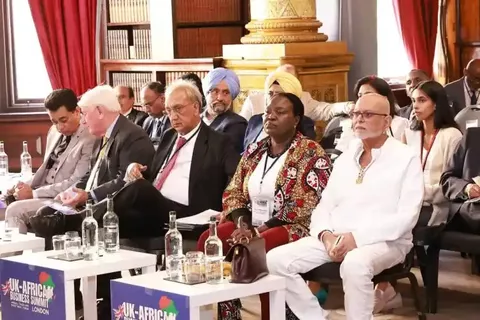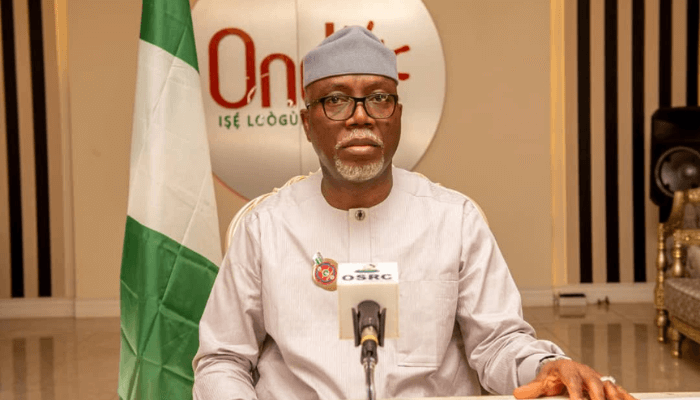
Tucker Jette lives for gaming, but like so many other recent high school graduates, he’s had to come to terms with the reality that he can’t make a living playing video games. And while he may not know yet exactly what he wants to do for a living, said Jette’s mother, Jessie Sather, he does know that earning money for a new computer to support his hobby is one of his top priorities as an 18-year-old preparing to step out on his own.
How Jette can independently support such aspirations as an adult is something Sather and her son have been discussing for years, alongside a team of educators from his public high school in Anaconda, Montana. Jette experienced significant speech and motor delays early in life, Sather said, and he has attention-deficit/hyperactivity disorder. He’s among the estimated 15% of public school students nationwide who depend on special education services through the federal Individuals with Disabilities in Education Act — services that include programs to chart the transition from school to adulthood.
“Once Tucker learns how to do a job or learns a process, he’s very successful at doing that. It’s the initial learning phase for him and the expectations that are difficult,” said Sather, a former school-based physical therapist who spent 16 years working with students supported under IDEA. “Without that initial support, he probably would not be successful.”
In August, a federal judge in Montana approved a settlement between the state’s education agency and disability rights advocates that will enable eligible Montana students to continue receiving special education services through age 22. Despite existing legal precedent and recent attempts at a legislative fix, Montana remained one of the last states where local school districts could disenroll students with special needs after age 18. Now students are guaranteed an additional four years of public school eligibility and, by extension, access to school-based services that have helped recent graduates like Jette move toward independence.
Heidi Gibson, executive director of the federally funded Montana Empowerment Center, said it’s critical to do as much as possible for students with special needs before they leave the public school system.
“Early childhood, there are a lot of resources,” Gibson said. “But once transition hits, they fall off a cliff for services. Anything we can do to make that path a little bit easier, we’re going to have better outcomes for more successful adults.”
Demand for employment assistance services for people with disabilities has grown threefold since 2020, according to the Montana Department of Public Health and Human Services. Approximately 4,000 people in the state are enrolled in the federally backed Vocational Rehabilitation and Blind Services program, which helps students with disabilities transition from school to the workforce and provides job coaching and training for people of any age with disabilities. An additional 3,000 public school students are enrolled in a separate program, Pre-Employment Transition Services, that serves as an on-ramp to vocational rehabilitation.
In July, a month before the court ruling that ensured services for young adults up to 22, the department began placing vocational rehabilitation applicants on a waitlist, while prioritizing services for those with the most severe disabilities. As of early September, nearly 260 people were on the list.
Now, parents, school administrators, and disability rights advocates worry the booming demand for services is on a crash course with grant and workforce cuts by the U.S. Education Department, which provides funding to states for such transition services. And they are attempting to rally the public to protect those programs.
In March, President Donald Trump signed an executive order directing Education Secretary Linda McMahon to “facilitate the closure” of her department. Since then, the Education Department has laid off roughly half of its staff, held up billions in funds for K-12 schools through much of the summer, and canceled grants designed to aid schools in hiring mental health workers.
Denise Stile Marshall, CEO of the Council of Parent Attorneys and Advocates, a national civil and legal defense organization for children with disabilities, said those cuts have introduced chaos and uncertainty into special education programming. But, she said, the current landscape does not diminish the legal rights of students with disabilities and their families.
“The laws remain strong, they remain in place, and we are urging everyone to contact their senators, their congressmen and women, their local officials, whoever, to hold that strong so we do not see — nor will we accept — a retreat from those rights,” Marshall said.
Montana’s state education agency, the Office of Public Instruction, has seen “minimal impacts, if any,” from federal spending and workforce cuts on transition supports for students with special needs, according to spokesperson McKenna Gregg. Agency officials announced in May that federal IDEA allocations for Montana this year were on par with 2024, when the state received roughly $46 million in IDEA funding.
Chad Berg, special education director for one of the state’s larger public school districts, in Bozeman, said federal IDEA funding levels appear to be stable for now, but he said the gradual dismantling of the Education Department presents longer-term questions.
“It raises concerns that the expertise that’s been involved at the federal level that provides support to states in implementing this may no longer be there,” Berg said. “We’ve not seen anything directly at this point. It’s more about the uncertainty of what could come.”
When the Montana Legislature met earlier this year, advocates for individuals with disabilities rallied inside the Capitol in Helena, urging lawmakers to help safeguard the basic services many citizens rely on for their independence.
Tal Goldin is director of advocacy at Disability Rights Montana, the nonprofit that sued the state seeking the continuation of special education services until age 22. He said federal budget talks have included proposals to cut funding for independent living centers and university-based assistance programs, threatening to erode a system critical to the lives of 7.5 million American children.
“What IDEA did is create the one place in the life of a person with a disability where all of these services are mandated to come together under one roof,” Goldin said. “That doesn’t happen anywhere in the adult system.”
Sather is thankful that, for the time being, her son’s access to transition services hasn’t been interrupted. Even so, she said, the uncertainty around federal support for students with disabilities is “exceptionally scary.” She’s not alone in her concern.
In the small central Montana town of Simms, Laurie Frank has struggled to find adequate services for her seven adopted children, including her 19-year-old daughter, Angel, who has Down syndrome and autism. Angel is caring, social, and “loves to help people,” Frank said, and her high school provides her with some specialized support.
But Frank is also aware of how limited those services often are — a reality she’s lived not just as a parent but as a former special education teacher and family support specialist. Any potential for further destabilization, Frank added, “scares the heck out of me.”
“I just really hope and pray that people on the state and federal level will really stop and think about what’s in the best interest of these kids and how we can help them be successful,” Frank said. “Sometimes I feel like some of them fall through the cracks, and people don’t think about the fact that they have needs and wants and they want to have success, too.”



